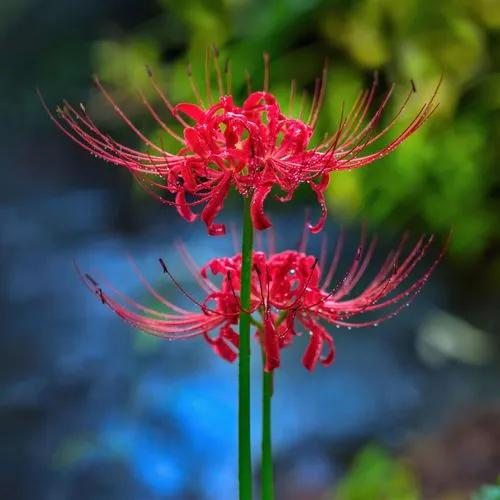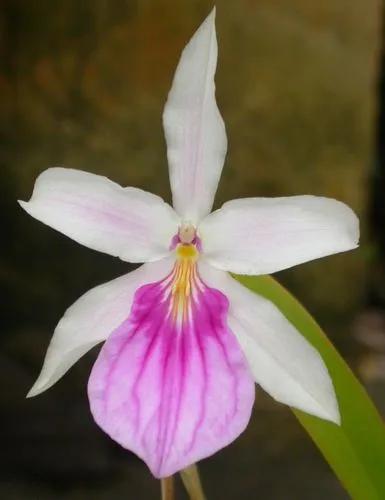Vancouver Centennial Geranium's attractive tomentose round palmate leaves remain brick red in colour with distinctive light green edges and tinges of yellow throughout the year. It features bold balls of lightly-scented red flowers at the ends of the stems from late spring to early fall. The flowers are excellent for cutting. The fruit is not ornamentally significant.
Vancouver Centennial Geranium Care
Pelargonium 'vancouver Centennial'



How to Care for the Plant

Water

With annual geraniums, check soil weekly, and water when the top inch is dry. Keep newly planted perennial geraniums in consistently moist soil during the first growing season. Once perennial geraniums are established, they can usually survive on rainfall, except during severe drought.They tolerate drought and soil should be allowed to dry out to the touch between waterings.

Pruning

In order to keep a geranium compact and bushy and prevent it from getting leggy, it needs to be pruned hard at least once a year. The more regularly you prune your geranium, the better able a geranium is able to keep a pleasing shape.

Fertilizer

To keep Geraniums growing and flowering all summer, we recommend that you water with a balanced, water-soluble fertilizer (such as 20-20-20), mixed and applied as directed.

Sunlight

Geraniums are a sun loving plant that need 4-6 hours of full sun a day, or perhaps longer in somewhat filtered light. South and west exposures are usually best.

Soil

Geraniums grow well in most garden soil as long as it drains well. Loam soil, which has a loose, crumbly texture and is high in organic matter, results in the best growth but the geraniums can also grow in poorer soils. The plants perform best when soil pH is near 6.5, and they grow poorly if the pH is below 5.5.

Temperature

Cultivars of the geranium species typically available at garden centers and nurseries grow best in daytime temperatures between 65 (18 °C) to 75 F (23 °C) and nighttime temperatures between 50 t(10°C) to 60 F (15 °C).

Container

If you're planting geraniums into containers, use a pot that's at least 10 inches across for annual geraniums, or at least 12 inches across for perennial geraniums.

Additional

All parts of geraniums are poisonous to both dogs and cats. Also present in summer. Hyacinth: (Hyacinthus orientalis) The bulbs are poisonous to both cats and dogs.

Popularity

27 people already have this plant 5 people have added this plant to their wishlists
Discover more plants with the list below
Popular articles






